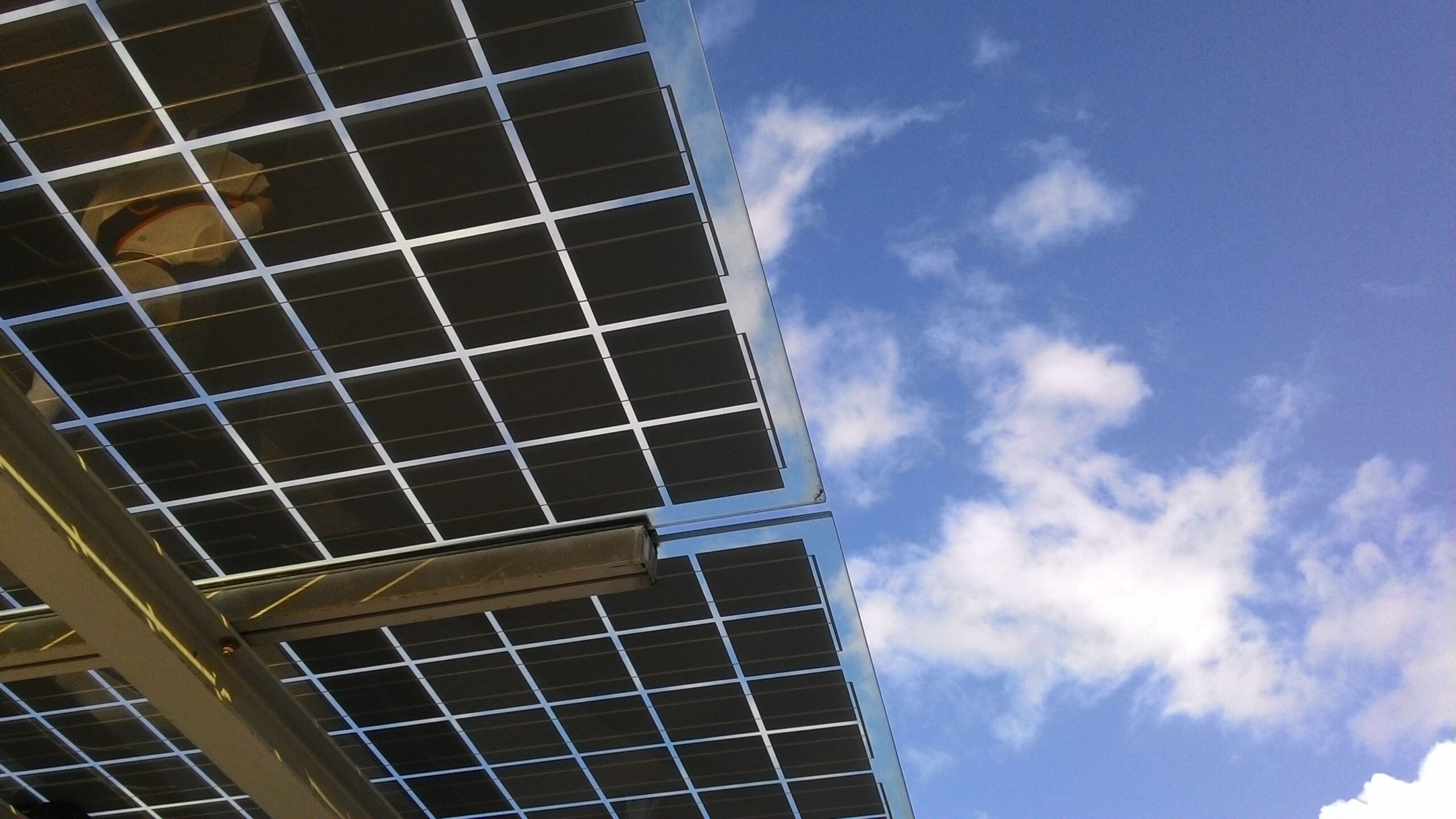In an era characterized by increasing concerns about climate change and the depletion of fossil fuel resources, the importance of renewable energy sources cannot be overstated. However, the intermittent nature of renewable energy generation, such as solar and wind power, has led to the urgent need for efficient energy storage solutions. This is where the groundbreaking field of renewable energy storage comes into play. In this blog post, we’ll delve into the transformative technology and innovative solutions that are reshaping the way we store and utilize renewable energy.
The Need for Energy Storage
Renewable energy sources, while abundant and environmentally friendly, pose a challenge due to their variability. The sun doesn’t shine consistently, and the wind doesn’t blow around the clock. This intermittency creates an energy gap that needs to be bridged to ensure a stable and reliable power supply. Energy storage technologies play a vital role in mitigating these fluctuations, enabling excess energy generated during peak times to be stored for use during low production periods.
Lithium-Ion Batteries: The Vanguard of Energy Storage
Lithium-ion batteries have emerged as the front-runners in the race to develop effective energy storage solutions. These batteries, widely used in portable electronics and electric vehicles, are now being scaled up for grid-scale applications. With their high energy density and rapid charge/discharge capabilities, lithium-ion batteries offer a versatile solution for storing surplus renewable energy. They empower communities and utilities to bank energy during sunny or windy days and release it when needed, creating a balanced supply-demand cycle.
Pumped Hydro Storage: Harnessing Gravity
While lithium-ion batteries lead the pack, other innovative technologies are making waves too. Pumped hydro storage is a time-tested method that utilizes gravitational potential energy. Excess energy is used to pump water from a lower reservoir to a higher one. When energy is needed, the water is released, flowing downhill and turning turbines to generate electricity. This process has been proven to be efficient and reliable, but it requires suitable geographical features like hills or mountains.
Flow Batteries: Enhancing Scalability
Flow batteries are gaining traction for their scalability and potential to provide long-duration energy storage. Unlike traditional batteries where energy is stored in the electrodes, flow batteries store energy in external tanks as liquid electrolytes. These tanks can be scaled independently to increase storage capacity without affecting performance. This versatility makes flow batteries an attractive option for grid-level energy storage, where flexibility and longevity are crucial.
Hydrogen: A High-Potential Storage Medium
Hydrogen is emerging as an intriguing contender for renewable energy storage. It can be produced through electrolysis using excess renewable energy and stored for later use. When energy is needed, hydrogen can be converted back into electricity through fuel cells. Although hydrogen storage is still in its infancy compared to battery technologies, it offers a unique opportunity for long-term and large-scale energy storage.
Conclusion: Paving the Way for a Sustainable Future
As the world strives to transition towards a more sustainable energy future, renewable energy storage stands at the forefront of innovation. Technologies like lithium-ion batteries, pumped hydro storage, flow batteries, and hydrogen are driving us closer to achieving a reliable and resilient energy grid that relies on clean, renewable sources. The evolution of energy storage solutions not only ensures the effective utilization of intermittent renewables but also reduces greenhouse gas emissions, making significant strides in combating climate change. With ongoing research and development, we can look forward to a future where renewable energy storage is seamlessly integrated into our daily lives, powering our homes and industries with clean and abundant energy.
Related Links:

